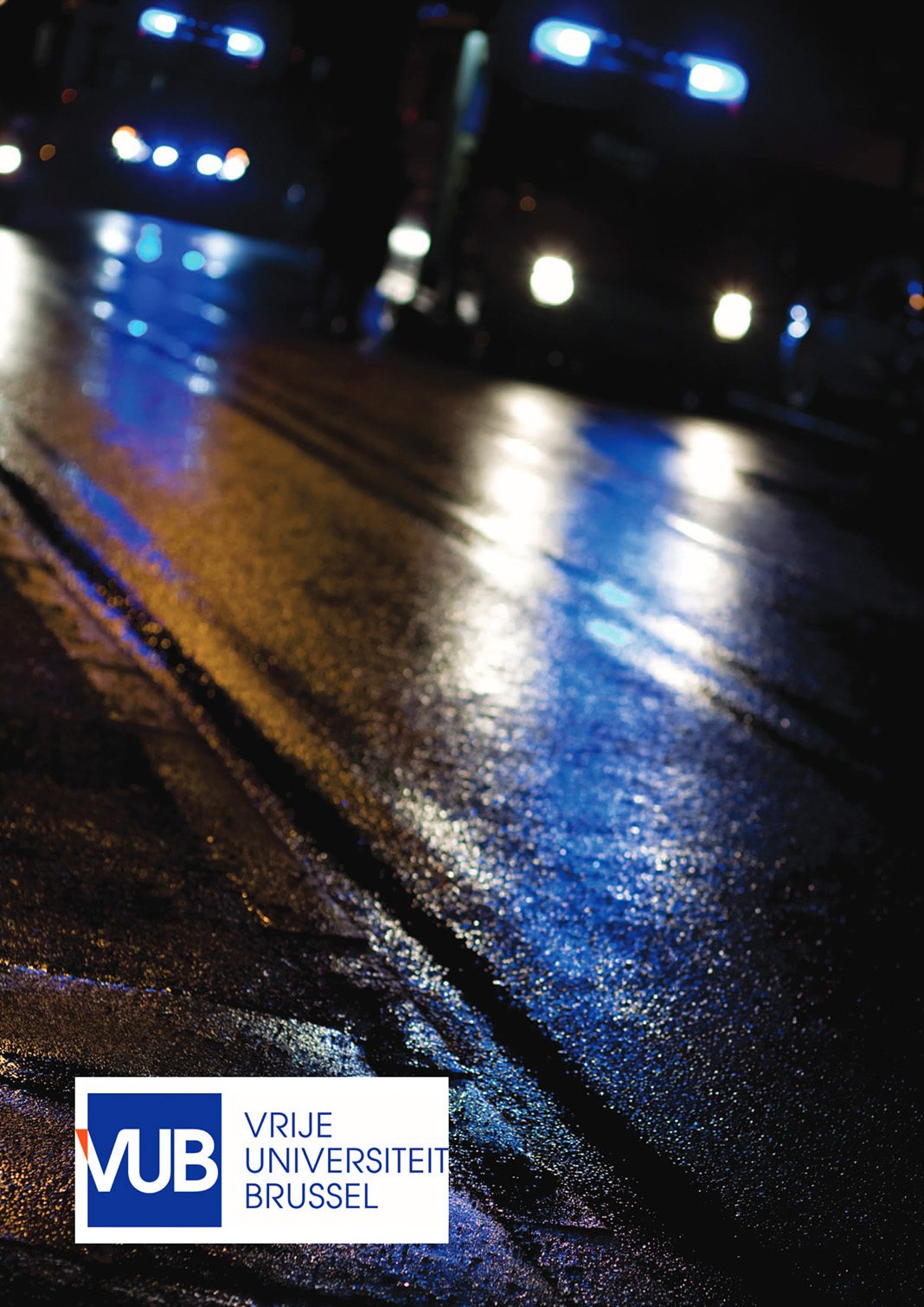Vrije Universiteit Brussel (VUB) is an internationally orientated university in Belgium which, for more than 180 years, has been helping to build a better society by delivering high-quality research and education, championing critical thinking, and putting humanity at its centre.
This booklet profiles the university’s Emergency and Disaster Medicine Group (EDM), which strives to improve the competency in disaster medicine and the disaster medical competencies for health professionals.
Its overall aim is to nurture high-level professionals qualified to work as academics, staff members or field workers for international, governmental and non-governmental organisations.
Disaster as a discipline
In this booklet, the EDM’s chair, Ives Hubloue, MD, PhD, a full professor at VUB’s medical school, defines the objectives of disaster medicine thus: ‘to prevent, reduce and mitigate the effects of disasters on the health of affected populations, to restore health conditions to the pre-disaster situation, and to protect or re-establish health services and facilities’.
With this in mind, he considers how academia can help manage mass casualties in a disaster situation, providing a comprehensive overview of:
- The differences between emergency and disaster medicine;
- The effectiveness of the different parties involved in the medical management of disasters;
- Simulation and modelling in disaster medicine research;
- The data challenges underpinning disaster medical planning and response; and
- The importance of developing a standardised and common language to improve disaster medical response.
Priority setting in emergency medicine
Also in this booklet, Professor Jason Smith, consultant in emergency medicine at Derriford Hospital in Plymouth, UK, explains why the Royal College of Emergency Medicine has joined forces with the James Lind Alliance to establish the Emergency Medicine Priority Setting Partnership.
He highlights the top ten research priorities in emergency medicine and shares his hopes for how they will inform the future research and funding for the benefit of both emergency medicine practitioners and patients.









